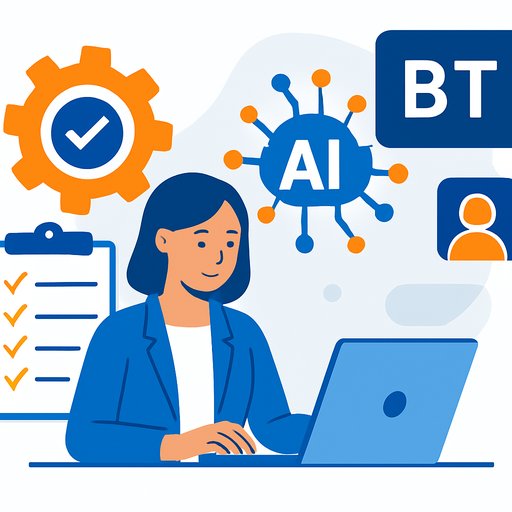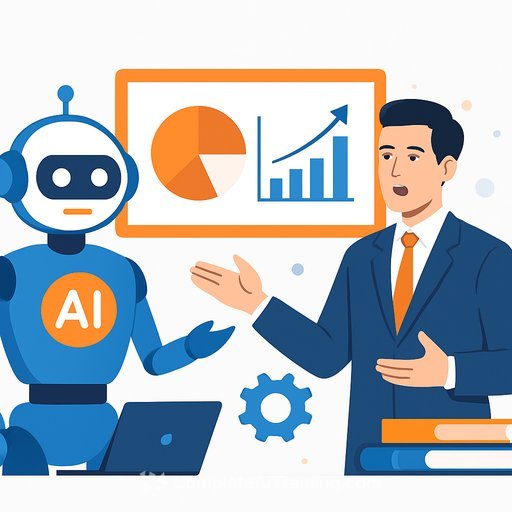How Bekaert Turned HR Data Clean-Up Into a Scalable AI Advantage
Belgian steel wire producer Bekaert wants HR to be both people-driven and data-driven. Together with Flexso, a partner from the SAP AppHaus Network, the team built an AI Master Data Assistant using SAP AI Core on SAP Business Technology Platform (SAP BTP) and integrated it with SAP SuccessFactors. The goal: cleaner HR data, less manual work, and a smoother user experience.
"AI is a means to achieve our goals, a logical extension of our HR strategy," says Jorn Waterschoot, global head of HR Technology at Bekaert. "AI's growing capabilities, cost-effectiveness, and versatility are transforming businesses by enhancing user experiences, enabling experimentation, and encouraging adoption. At Bekaert, these strengths are leveraged in HR while carefully managing hidden costs and focusing on end-to-end implementation to maximize AI's potential. At Bekaert, the goal is to make AI feel like a candy store: once employees experience its versatility, they are encouraged to explore it further."
The first use case: AI Master Data Assistant
Bekaert previously used a stand-alone AI tool for HR data improvement that required manual data export and import. Useful, but slow. Flexso helped redesign it into a fully integrated solution: the AI Master Data Assistant, built with SAP AI Core on SAP BTP and connected to SAP SuccessFactors via SAP Integration Suite.
The assistant relies on a model from the generative AI hub in SAP AI Core. The architecture is model-agnostic, which means the team can switch to a better model later without reworking the whole solution.
What it does for HR
- Improves data quality by detecting inconsistencies, duplicates, and missing fields.
- Standardizes formats and corrects entries in real time.
- Lets users enter natural-language prompts and refine results via chat-like conversations.
- Prevents recurring errors by validating data before it enters the system.
The rollout started with HR business partners and HR admin roles. Once the workflow proved its value, Bekaert prepared to scale it across more teams.
Built for flexibility
As a member of the SAP AppHaus Network, Flexso kept the solution human-centered and future-ready. David Pierre, AI practice lead at Flexso, sums it up: "The AI world is developing so fast. So, the principle in our solution is that we are AI model agnostic. Today, we are using model GPT to support our use case. But if we have a better model in the future, then we can also switch to other models as they are all supported by SAP BTP."
What HR leaders can take from this
- Start where friction is high. Pick a process that drains time-like master data clean-up-and use AI to remove the repetitive steps.
- Use what you already have. Begin with embedded AI in SAP SuccessFactors, then add targeted, integrated tools where needed.
- Design around people. Keep prompts simple, give instant feedback, and build trust with transparent corrections and audit trails.
- Integrate, don't bolt on. Connect AI through SAP Integration Suite so data stays current and secure.
- Stay model-agnostic. Use SAP AI Core and the generative AI hub to keep your options open as models improve.
- Measure real outcomes. Track time saved per transaction, error rates, and data completeness. Expand only after you see consistent gains.
- Roll out in waves. Start with specific roles (like HRBPs and admins), then scale once behaviors and guardrails are clear.
Why this approach works
It focuses on business outcomes first, then brings in AI where it removes the most friction. Integration keeps data trustworthy. A human-centered design keeps adoption high. And a model-agnostic setup keeps you ready for what's next.
Want your HR team to build similar skills?
If you're preparing HR for practical AI use cases-from data quality to employee services-explore focused learning paths: AI skills for HR teams.
Your membership also unlocks:






